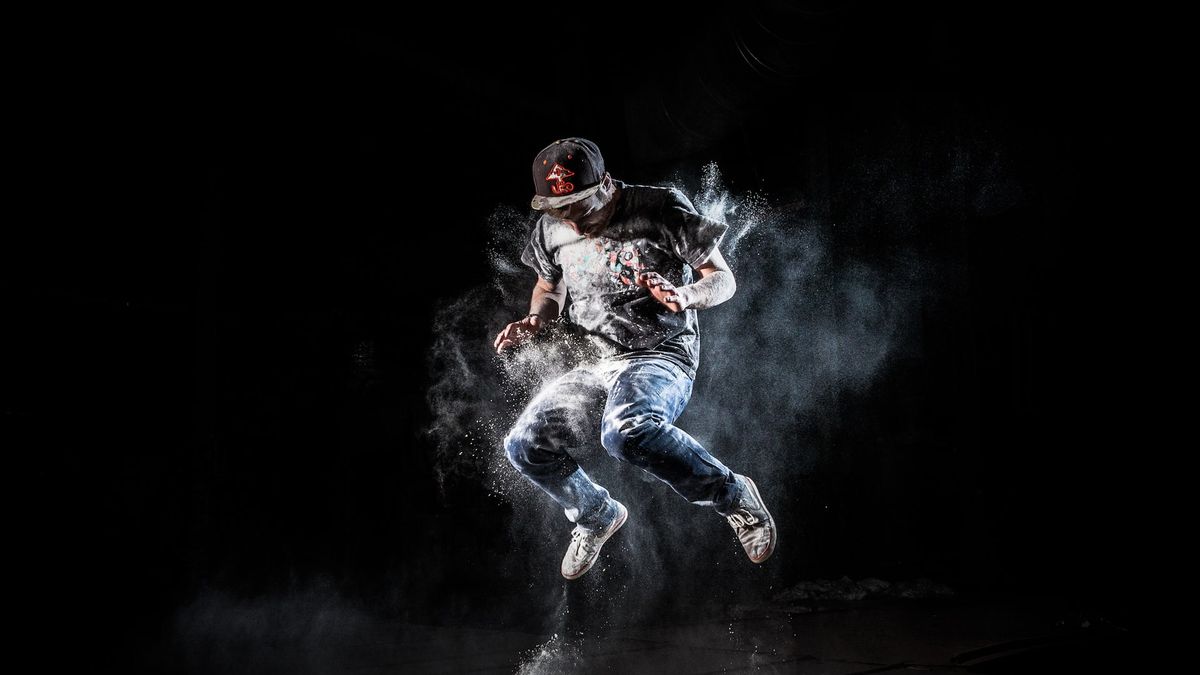YOGYAKARTA - For ordinary observers, long jumps appear to be one of the most basic of all track & field events. Athletes ran to the takeoff board and without passing it jumped as far as possible into the sandhole. Many of us have seen the image of old world record holder Bob target jump more than 29 feet at the 1968 Olympics. Regardless of which level your athletes are, they need 1) Acceleration to the maximum speed that can be controlled 2) This approach transition is taking off and 3) landing a jump as efficiently as possible. Then what is the basic technique of long jumps?
Approach
The goal is to aggressively accelerate to the maximum speed to take off. The main factor for maximizing the distance taken by an object is the speed and angle of its flight during takeoff. Top-level jumpers usually leave the ground at an angle of twenty degrees or less; therefore, it will be more useful for jumpers to focus on the jumping speed component. The greater the speed when taking off, the longer the track.
An approach can vary between 12 and 19 steps at the beginner and medium levels, while at the elite level approaching between 20 and 22 steps. The distance and the amount of appropriate steps in an approach depend on the experience of jumping, running techniques, and conditioning levels. Control and coordination in approach are essential because athletes must be as close to the front of the board taking off without crossing the line with any part of the leg.
The last two steps
This prepares the body to take off while maintaining as much speed as possible.
The second step from behind is longer than the last step. Competitors began to lower their center of gravity to prepare the body for vertical impulses.
The final step is shorter as the body begins to raise the center of gravity in preparation for liftoff.
The last two steps are very important because it determines the speed that competitors use to enter the leap.
Take off
The aim of takeoff is to create vertical impulses through the athlete's gravitational center while maintaining balance and control.
This phase is one of the most technical parts of the long jump. Jumpers must be aware to put their feet evenly on the ground, as jumping from the heels or toe negatively affects the jump. Taking off the edges of the board first has a braking effect, which lowers speed and stretches the joints.
Jumping from the toe reduces stability, placing the legs at a risk of bends or collapses from under the jumper. While concentrating on foot placement, athletes must also work to maintain the right position of the body, keep the body's stems upright and move the hips forward and upwards to reach maximum distance from the board's contact to the release of the legs.
There are four main styles of takeoff: kick-off, double-sleeved style, take off sprints, and sprint power or take off jumps.
Kick
The kick takeoff style is a takeoff style where athletes actively pedal their feet before the full push is directed to the board and then land in the pit.
Double arms
The two-hand takeoff style works by moving both arms towards a vertical direction when competitors take off. This results in a high hip height and a large vertical impulse.
Run quickly
The sprint takeoff is the most instructed style by the coaching staff. It's a classic arm action that resembles a full-step jumper. It's an efficient takeoff style to maintain speed via takeoff.
The power of sprint or run
Power sprint or rebounding takeoff is very similar to the sprint style, but there is one main difference. The arm that pushes back when taking off (the sleeves on the side of the feet take off) fully extends back, instead of staying in a crooked position. This additional extension increases the impulse when taking off.
Action in the air and landing
There are three main flight techniques for long jumps: hang, sail and hitch-kick, each technique is regulated to offset the forward rotation experienced from takeoff. Once the body is in the air, there's nothing athletes can do to change its direction and as a result where it will land in the pit. However, it can be said that certain techniques affect an athlete's landing, which can impact the measured distance. For example, if the athlete lands the feet first but falls back because they are not balanced properly, a lower distance will be measured.
Swiping
The sailing technique is one of the most basic long jump techniques. After the takeoff phase is complete, the jumper immediately lifts the legs into a position touching the feet. This allows the body to sail in the air, effectively accompanies the momentum achieved by the leap.
hijak
The hanging technique works by extending the body to make it as efficient as possible. Here both arms and legs are stretched to reach the maximum distance from the hips at the jump point. This position is held until after the jump jump to the top of the jump, where the athlete will move his foot forward to the landing position.
Beats up
An obstacle kick is also known as "jagging" or "running in the air". This technique counters the athlete's rotation speed by cycling arms and legs during flight, and is also the most complex technique.
Landing
When landing, the competitor's main goal is not to fall back into the landing hole. The leap is measured by the location where the body touches the sand closest to the takeoff point. For this reason many jumpers will try to keep their legs in front of the body at the maximum distance from the hips.
When landing, competitors will often use their hands in sweeping motions to help keep their feet up and in front, and/or push their feet hard into the sand and rotate their bodies to the side: it slows down vertical momentum from the bottom and also rotates it to the side of athletes, trying to ensure that the heels are the furthest part of the back of the body.
After understanding the basic technique of long jumps, see other interesting news on VOI, it's time to revolutionize news!
The English, Chinese, Japanese, Arabic, and French versions are automatically generated by the AI. So there may still be inaccuracies in translating, please always see Indonesian as our main language. (system supported by DigitalSiber.id)













